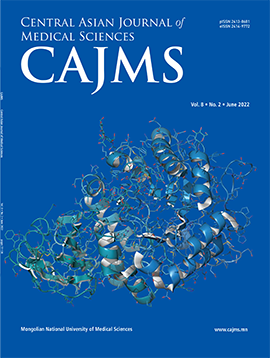The Position and Stability of the Prosthesis in Severely Deformed DDH Artificial Total Hip Replacement
DOI:
https://doi.org/10.24079/cajms.2020.12.005Keywords:
Arthroplasty, Replacement, Prosthesis Implantation, Hip DislocationAbstract
Objectives: To analyze the correlation of prosthesis position selection during total hip replacement with clinical short and middle-term effects of Crowe III and Crowe IV hip dislocation. Methods: Clinical data of 28 cases of dysplasia and dislocation of the hip joint combined with severe osteoarthritis were retrospectively analyzed. During 2-year follow-up, patients were rechecked by imaging regularly to analyze the imaging changes of acetabulum prosthesis position and bone graft fusion. Harris hip score was used to assess the recovery of hip function. The correlation of prosthesis position and short and middle-term effects was analyzed. Results: The filling rate of medullary cavity of prosthesis was above 75%. The initial position was fixed and stable. The stability rate of femur-prosthesis interface reached 100%. Compared with pre-replacement, hip function was significantly improved at 6 months post surgery (p < 0.05). Conclusion: These results indicate that total hip replacement for Crowe III and Crowe IV hip dislocation can effectively reconstruct the acetabulum, recover hip function, and stabilize prosthesis. Total hip replacement is characterized by good filling rate, high stability of femoral prosthesis interface, and stable initial fixation. The clinical repair effect is strongly associated with the position of the prosthesis.
Downloads
213
Downloads
Published
How to Cite
Issue
Section
License
Copyright (c) 2020 Mongolian National University of Medical Sciences

This work is licensed under a Creative Commons Attribution-NonCommercial 4.0 International License.




